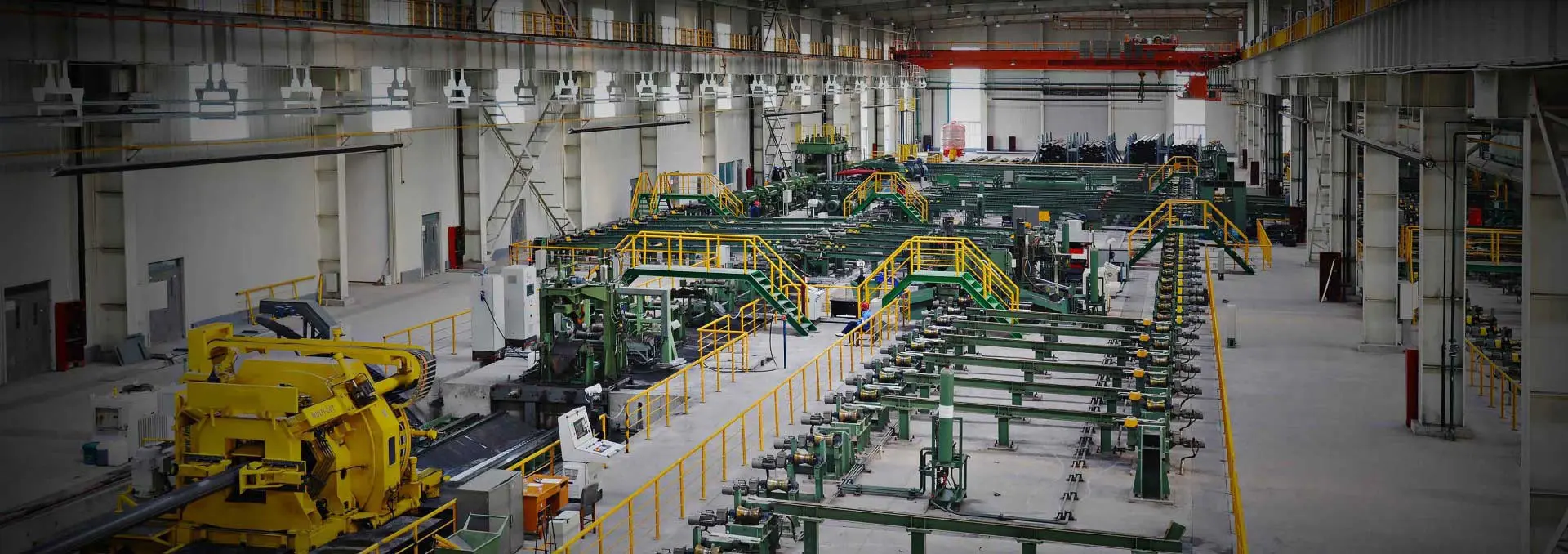When it comes to choosing the right type of steel pipe for a project, both galvanized steel pipe and stainless steel pipe are strong contenders. Although they may look similar at first glance, they differ greatly in composition, manufacturing process, and application. Understanding these differences is essential for selecting the right material to ensure durability, safety, and cost-effectiveness.
1. Concept and Material Composition
The fundamental difference between galvanized steel pipe and stainless steel pipe lies in their material properties.
Galvanized Steel Pipe
This type of pipe is made by coating the outer surface of regular steel with a layer of zinc. The zinc layer serves as a protective barrier against corrosion, significantly extending the pipe’s service life. This process is commonly known as galvanization, and the resulting material is often referred to as galvanized steel.
Stainless Steel Pipe
Stainless steel pipe, on the other hand, contains alloying elements such as chromium, nickel, and molybdenum, which give it excellent resistance to oxidation and corrosion. It can withstand exposure to air, moisture, steam, and even chemical substances such as acids, alkalis, and salts.
2. Processing Techniques
The two types of steel pipes are produced using different methods that define their distinct performance characteristics.
Galvanized Steel Pipe
The zinc coating—applied through hot-dip or electro-galvanizing—acts as a sacrificial layer that protects the underlying steel from rust. This process enhances corrosion resistance and prolongs service life, especially in outdoor or humid environments.
Stainless Steel Pipe
Stainless steel is produced by alloying steel with other metals, altering its internal structure to naturally resist rust and corrosion without needing any surface coating. This gives stainless steel its characteristic durability and clean, polished appearance.
3. Applications
Due to their different properties, galvanized and stainless steel pipes serve distinct purposes across industries.
Galvanized Steel Pipe Applications
Commonly used for low-pressure fluid transportation—such as water, gas, and oil—galvanized steel pipe is also utilized in the petroleum industry (e.g., oil well pipes and offshore pipelines). In addition, it is applied in chemical coking equipment (oil heaters, condenser coolers, and exchangers), as well as structural projects such as pier piles and support frames in mine tunnels.
Stainless Steel Pipe Applications
Thanks to its superior corrosion resistance and strength-to-weight ratio, stainless steel pipe is widely used in industrial pipelines, mechanical structures, and high-purity systems across industries such as petroleum, chemical, medical, food processing, and instrumentation. Its lighter weight—while maintaining excellent mechanical strength—also makes it ideal for machine parts, engineering structures, and even defense applications such as gun barrels and artillery shells.
In Summary
While both galvanized and stainless steel pipes offer corrosion protection, their mechanisms and ideal use cases differ. Galvanized steel pipes are cost-effective and suitable for low-pressure or outdoor environments, whereas stainless steel pipes provide long-term durability and superior resistance for high-demand, precision, or hygienic applications. Choosing the right one depends on your specific operating environment, performance requirements, and budget considerations.

 English
English Español
Español




 Tel : +86-18565811709
Tel : +86-18565811709 Email :
Email : 
 News
News




